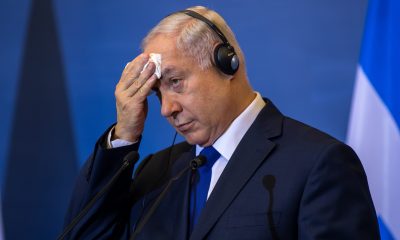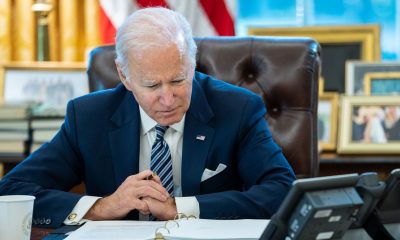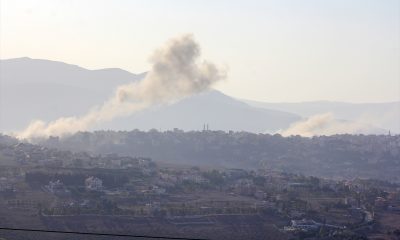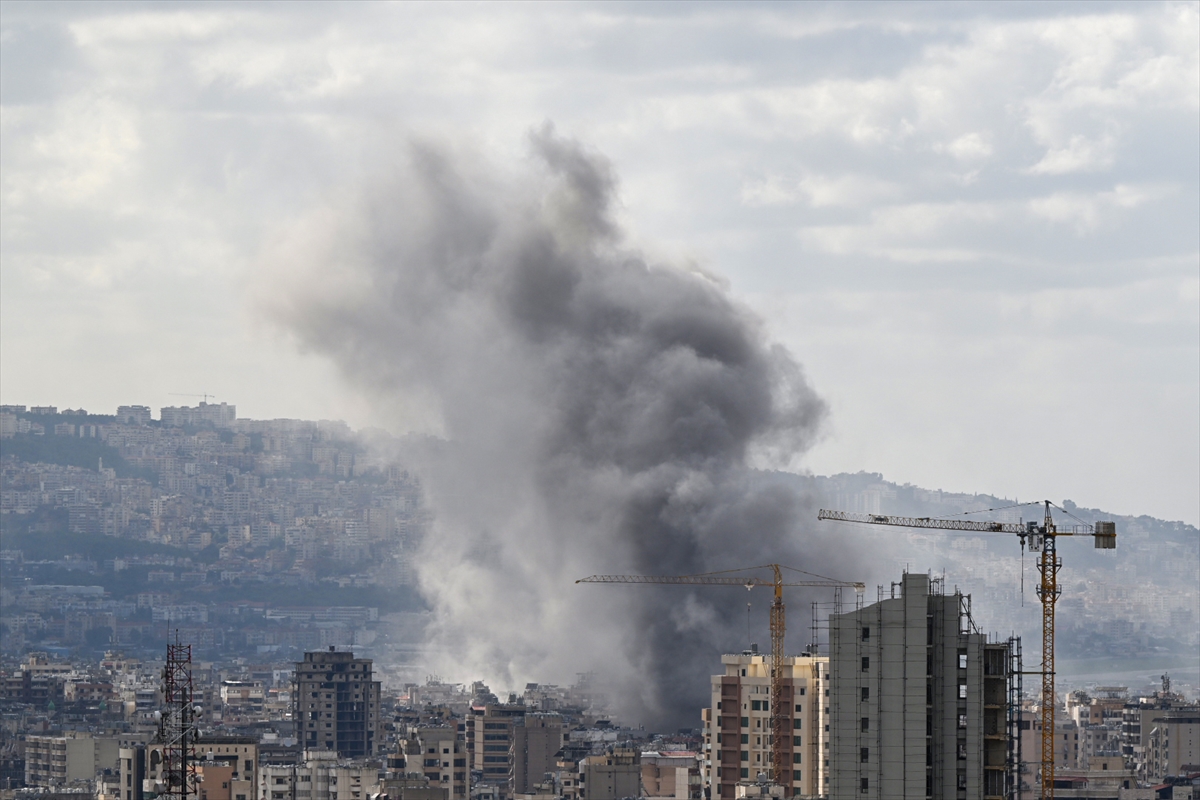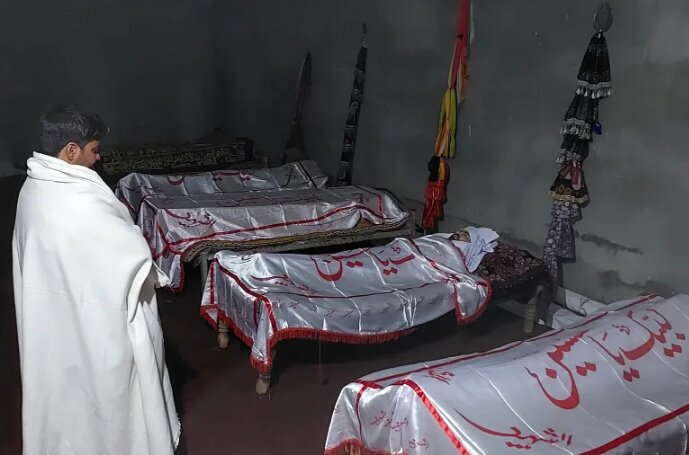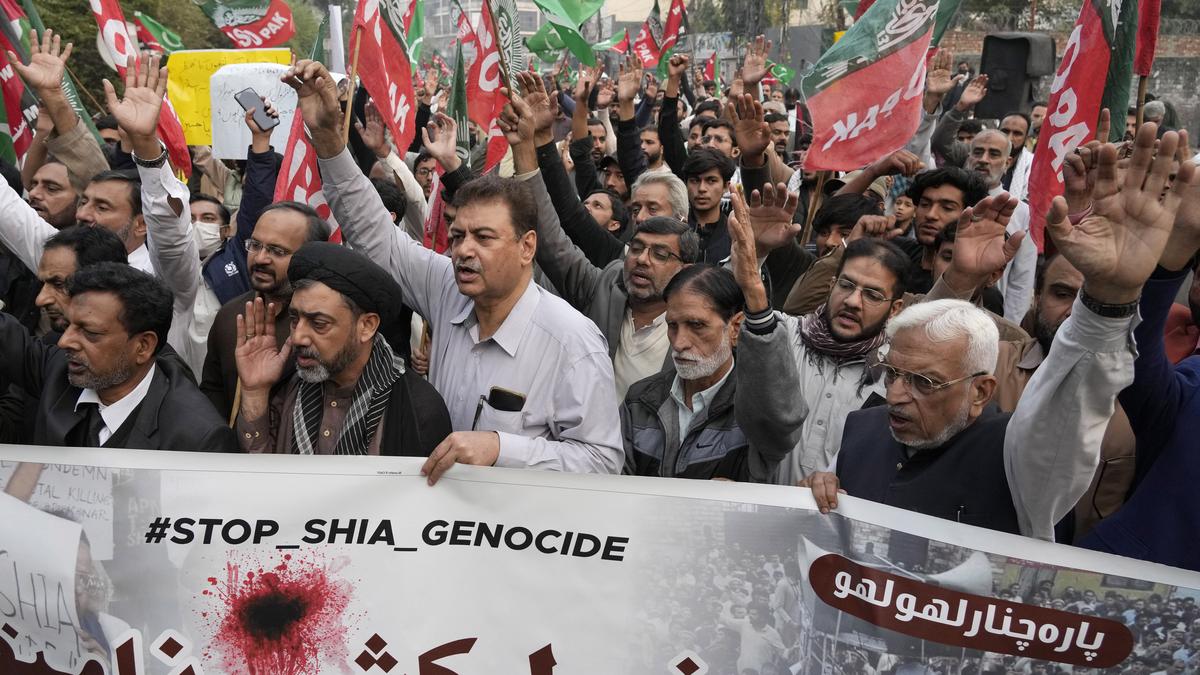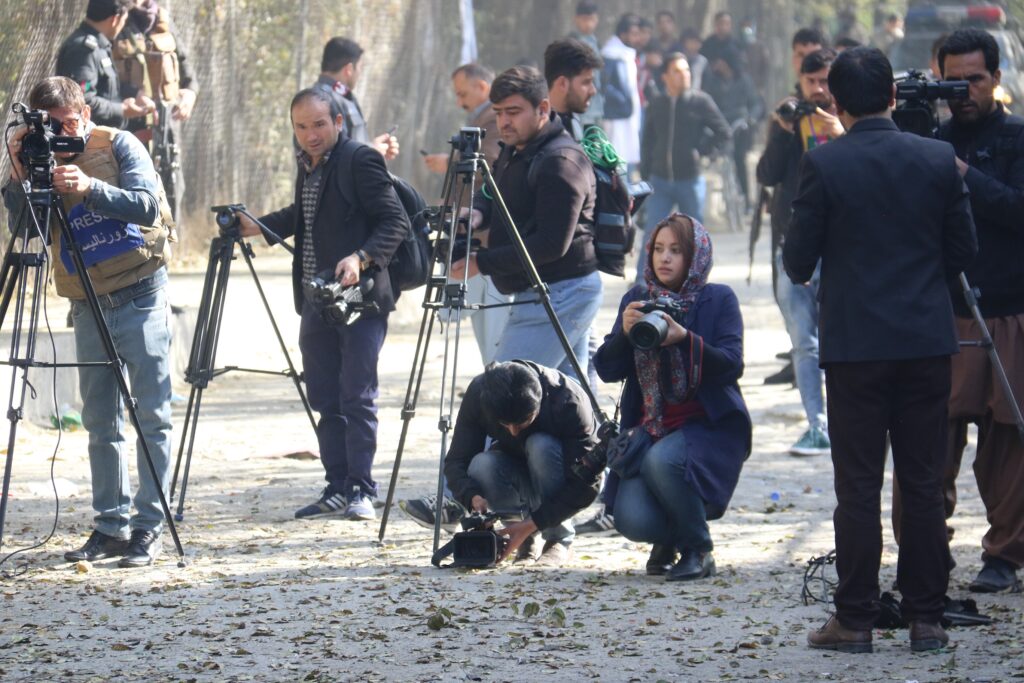In the past three years, the Taliban have severely limited access to information in Afghanistan and in some cases made it almost impossible. Many journalists who operate from the country say that the space for their activities is getting narrower every day.
These reporters state that in addition to self-censorship, they have experienced a kind of unwanted imprisonment and spend days and nights in their homes. They cannot move freely in the community for fear of interrogation and revenge from the Taliban.
In this report, two journalists have confirmed that they thought of suicide due to pressure from the Taliban. They say that life in Afghanistan has become difficult and that the Taliban have appeared as “death angle” and that if they did not have children, they would commit suicide.
These journalists are disappointed with the institutions that support the media and say that they have no way out of the existing problems. This is despite the fact that the Taliban have imposed more restrictions during the past month and have banned the publication of photos and images in five provinces.
One of the journalists who works under the Taliban regime says that the space for journalists to breathe and live is getting narrower and more limited every day. According to him, the Taliban have created an atmosphere where reporters and media spend day and night in worry and fear, and because of this, they cannot cover many events.
Taliban severely restricted the media landscape in Afghanistan, making it nearly impossible for journalist to operate
She emphasized that in some cases, due to the fear of the Taliban, she has covered news events a few days after they happened to prevent the Taliban from drawing attention and focusing on herself.
This reporter, who does not want to be named in the report, emphasizes that the difficult living conditions, the strict restrictions of the Taliban and the fear of being arrested and interrogated by this group made her think of suicide.
Samera, one of the Afghan female journalists, using her pin name for security reason, said that the painful experience of working under the Taliban rule has made her think about suicide many times. She says that she was once arrested by the Taliban for filming for news coverage.
“My arrest by the Taliban was the most bitter and painful experience, which made forced me to think of committing suicide,” She lamented.
This journalist says: “When the Taliban arrested me, I was thinking what my family, my colleagues and the community would say if I stayed in the prison at night?”
She furthered, “Because the arrest of a woman by the Taliban willfully or unwittingly has negative and harmful consequences that one cannot think of anything other than suicide.”
When the Taliban took some journalists, including females to the court, one of them said “why did you bring them, you should have shot them.”
“There I saw an old man who was the same age as my father. He threw himself at Talib’s feet and apologized, but Talib did not pay any attention to him,” she added.
An Afghan journalist said that he will commit suicide this time if Taliban arrest him
Omid, another journalist who used his pin name to avoid arrest, has thought of suicide many times, and he was also arrested several times. He says that despite his efforts, he did not succeed in leaving Afghanistan. “I’ll commit suicide if the Taliban arrest me once again,” he warned.
He furthered that he has heard a lot about torture and ill-treatment in the Taliban prison and has a horrible image of the prison scenes in his mind.
“Before the Taliban torture and insult me in a terrible way, or take a video commitment from me… I prefer to put an end to this life,” he warned, adding that “I think that suicide is the only way to end all this suffering and misery.”
Another journalist who is currently in Pakistan also confirms that he thought of suicide due to mental and psychological problems. She says: “God is a witness to the hardships I experienced in Pakistan, it had ruined my soul and spirit so much that I thought if I committed suicide, I might get rid of these ordeals.”
In the past one month, the Taliban have continuously and systematically prevented the video activities of the media in a number of provinces across the country. After banning photography and filming, this group has now banned five provinces from these activities and announced that this restriction will be gradually applied in all provinces.
The Taliban authorities have informed the local media of the ban on taking pictures and publishing them, as well as banning the video interviews of their officials in Nangarhar province.
Azizullah Mustafa, the deputy governor of the Taliban in Nangarhar has ordered all the local employees that according to the order of the Taliban supreme leader it is forbidden to take pictures of living creatures and publish them, and the media is only allowed to communicate with Taliban officials.
Taliban already banned taking pictures of living creatures in five provinces in Afghanistan
Kandahar, Takhar, Badghis, Helmand and Nangarhar are among the provinces, where taking pictures of living creatures and publishing them, as well as video interviews, are completely prohibited.
The Taliban have closed three radio stations in Khost province during the past month under extensive pressure. “Gharghasht”, “Zheman” and “Long” radios have been blocked by the Taliban and they have resumed their activities after providing a written commitment to comply with the Taliban’s orders.
The Center of Afghan Journalists has already announced that the Taliban have imposed 17 restrictive directives against the media. These restrictions include preventing women from appearing on national radio and television, banning media coverage of demonstrations and civil protests, imposing restrictions on access to information and publishing news and reports, requiring journalists and media to introduce the Taliban regime as the “government of Afghanistan”.
Also, the Taliban have imposed restrictions on interviews with their opponents and critics. They have banned the broadcast of international television programs in Afghanistan and have imposed restrictions on publishing commercials with political, security and social content. In addition, the media have been prohibited from criticizing the work of Taliban officials, and filming, video interviews, and the publication of women’s voices have been prohibited from the media.
Also, it is forbidden to work with the media that have been declared “forbidden” by the Taliban, and in Helmand province, the publication of women’s voices in the local media is completely prohibited. Orders have also been issued to the media to refrain from using “foreign terms”, which refers to the use of “
“Persian words” for university and college. Prohibiting photography and filming in official and informal meetings of local Taliban officials in Kandahar, and banning girls from making phone calls to radios and televisions in Khost province are among the other restrictions imposed by the Taliban on domestic media in Afghanistan.
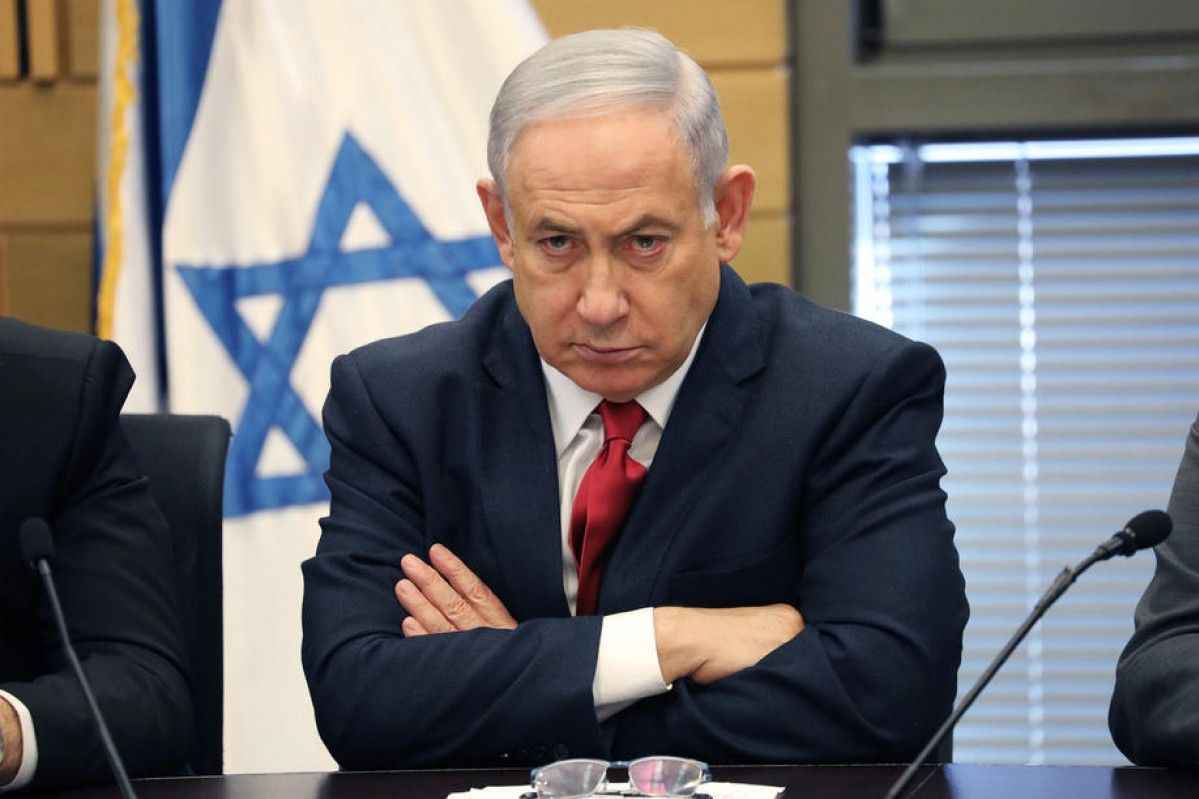
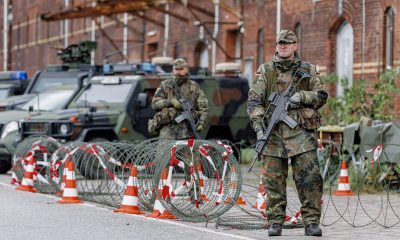
 EUROPE1 week ago
EUROPE1 week ago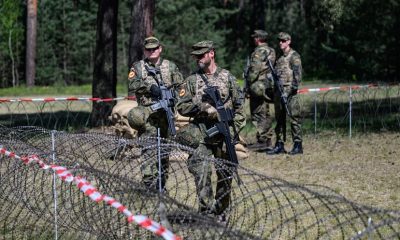
 EUROPE6 days ago
EUROPE6 days ago
 AMERICA2 weeks ago
AMERICA2 weeks ago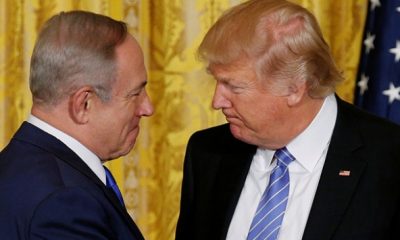
 MIDDLE EAST2 weeks ago
MIDDLE EAST2 weeks ago
 EUROPE2 weeks ago
EUROPE2 weeks ago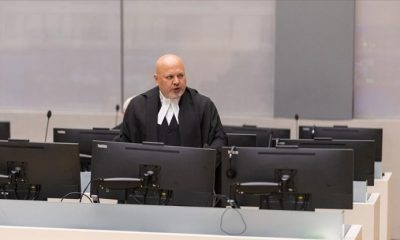
 MIDDLE EAST2 weeks ago
MIDDLE EAST2 weeks ago
 OPINION19 hours ago
OPINION19 hours ago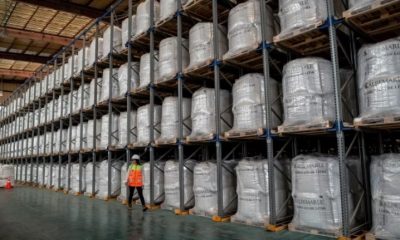
 ASIA1 week ago
ASIA1 week ago





